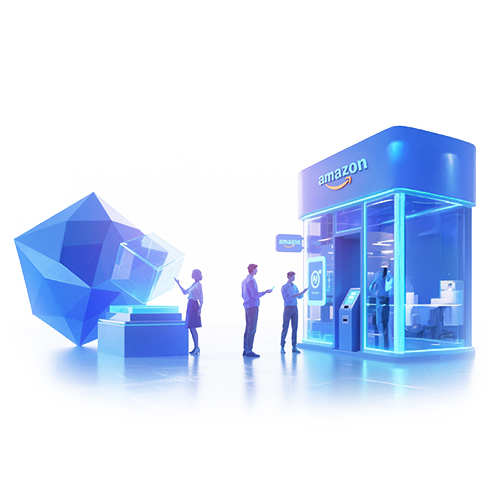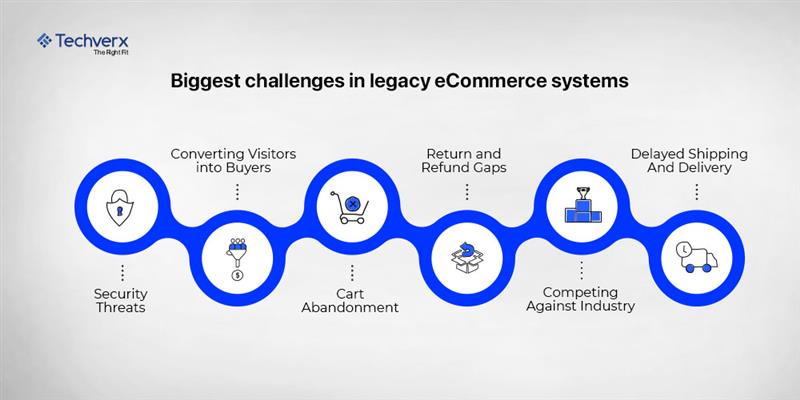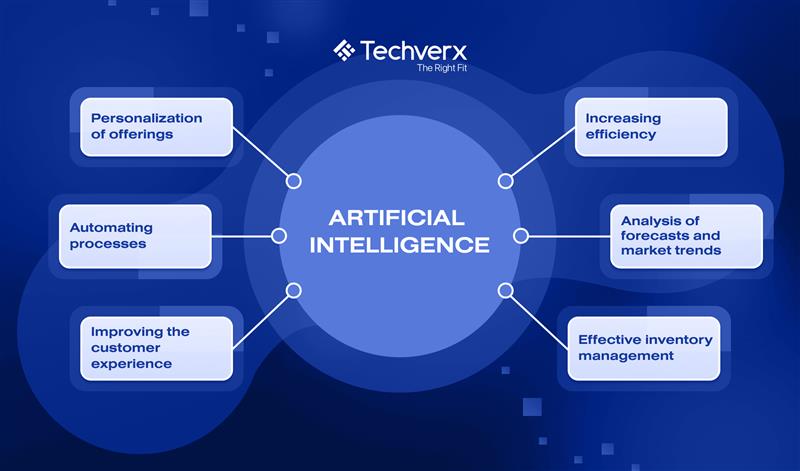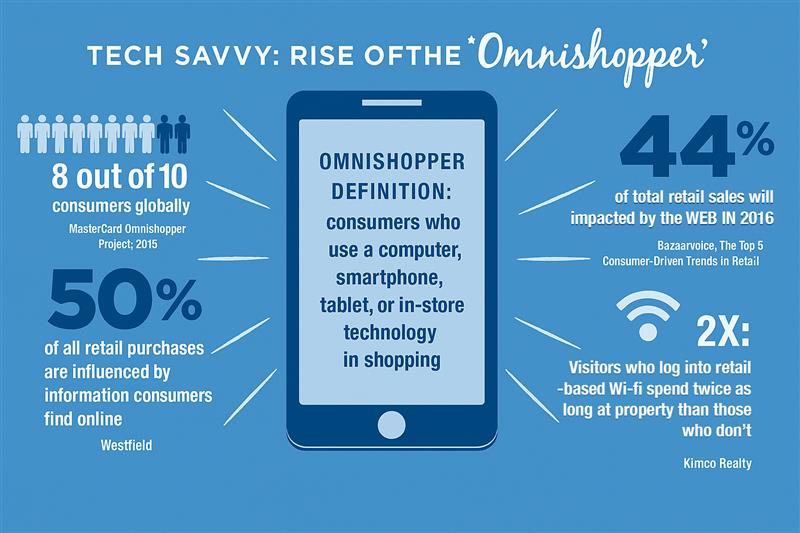
AI-Powered E-commerce Revolution | How Smaller Brands Can Stand Up to the Giants

The 2 a.m. Problem
It’s 2 a.m. Your office is dark and silent. Meanwhile, in Amazon’s fulfillment centers, algorithms are wide awake, processing millions of data points, adjusting prices in real-time, and repositioning inventory across their global network. By the time your first employee arrives with their morning coffee, Amazon’s systems have already executed thousands of micro-decisions designed to strengthen their competitive edge.
Now picture Sarah, marketing director for a 75-person home goods company. She just left her third meeting about “personalizing the customer journey.” The ideas were solid, but execution felt impossible. Her e-commerce team would need two more developers. Her content team needed three more writers. The budget said no.
Later that day, she watched a notification pop up: a loyal customer had abandoned a cart containing a $500 espresso machine. The CRM showed no record of his previous calls with customer service about his specific kitchen setup. The system sent a generic “Did you forget something?” email. A massive opportunity, lost to data silos and manual processes.
This is the reality for companies with 50-200 employees. You’re not a startup anymore, but you’re not a corporate goliath. You have teams, but they’re stretched thin. You’re trapped by manual, repetitive processes that scale poorly, and AI adoption fear that stems from complex legacy systems. The competition isn’t just Amazon’s prices, it’s their seamless, data-driven operation.

Why This Moment is Different
Retail has always been brutal, but today’s landscape presents unique challenges. Margins are razor-thin, customer loyalty is fragile, and supply chains remain unpredictable. McKinsey research reveals that companies applying AI across functions can improve efficiency by up to 30%. In e-commerce, that margin doesn’t just impact profitability, it determines survival.
Consider what’s at stake:
- A 5% lift in repeat purchases
- A 10% improvement in stock accuracy
- Shaving two days off shipping delays
These aren’t nice-to-haves. They’re make-or-break numbers for growing businesses.
Consumers aren’t just buying products anymore, they’re buying experiences. Fast, personal, predictable. Amazon trained them to expect this level of service. Now they expect it from every brand they interact with, regardless of size.
The barrier for mid-market companies isn’t ambition. It’s capacity. Manual work keeps strategic problems unsolved. Decisions based on gut feel rather than real-time data widen the competitive gap. This is precisely where giants like Amazon dominate, and where you can now fight back.
Demystifying the AI Advantage
AI doesn’t have to feel abstract or intimidating. Think of it as a central nervous system for your business, one that never sleeps, never guesses, and never complains about repetitive work.
For a company of your size, AI isn’t about physical robots or replacing your team. It’s about smart co-pilots that handle the grind while your people focus on growth.
Here’s what this looks like in practice:
In retail automation, AI is the teammate who:
- Writes product descriptions in seconds
- Flags fraudulent transactions before they drain your margins
- Forecasts seasonal demand with sharper accuracy than spreadsheets ever could
In supply chain management, AI works like an air traffic controller. It spots bottlenecks, predicts delays, and reroutes shipments before problems snowball into crises.
With tools like Microsoft 365 Copilot and Dynamics 365 Copilot, AI isn’t some intimidating new system. It’s woven into the Excel, Outlook, and Teams your teams already use daily. It’s the difference between spending an hour drafting marketing copy and having a polished, on-brand draft generated from a few bullet points. It’s the gap between a chaotic inbox and having your emails summarized and prioritized before your first coffee.
The New Playing Field | How You Stack Up Against Amazon
Let’s get specific about how mid-market brands can now replicate enterprise-level capabilities:
Fraud Detection
- Amazon’s Approach: Their AI scans billions of transactions daily, flagging anomalies in milliseconds. Suspicious accounts are quarantined automatically.
- Your Advantage with Copilot: You won’t process billions of transactions, but you don’t need to. AI learns your store’s unique patterns. Instead of your finance manager combing through orders at month-end, the system flags outliers instantly. What Amazon built with an army of engineers, you now get out of the box.
Predictive Inventory Management
- Amazon’s System: AI-driven demand forecasting taps into search trends, shopping carts, and even weather signals. Their warehouses reposition inventory before demand spikes.
- Your Solution: Modern supply chain management software delivers predictive power scaled for your needs. It factors in historical sales, seasonality, and supplier lead times. At your size, a forecasting error doesn’t just mean a lost sale—it means being stuck with $50,000 of dead stock or catastrophic stockouts during peak season. This technology turns logistics from a constant firefight into a strategic advantage.
Customer Personalization
- Amazon’s Edge: Every customer sees a unique homepage, with recommendations based on their entire purchase history and browsing behavior.
Your Opportunity: Retail automation in marketing means segmenting audiences by real-time behavior, not just basic demographics. A customer who browsed outdoor furniture three times gets automatically enrolled in an email sequence about creating a patio oasis, complete with a targeted discount. The system A/B tests subject lines and images automatically. This creates an “Amazon-level” experience without requiring a 100-person data science team.

The Moneyball Moment for Mid-Market Retail
Remember Moneyball? The Oakland A’s couldn’t outspend the Yankees, so they outsmarted them. By using data analytics, they stopped chasing “big names” and started betting on overlooked value. Everyone laughed, until the wins started piling up.
That’s exactly where mid-market retailers stand today. You don’t need Amazon’s bankroll to compete. You need smarter, data-backed decisions. AI is your on-base percentage, the overlooked metric that helps you win with less.
Just as Netflix redefined entertainment by predicting what viewers want to watch next, you can now anticipate what customers want before they search for it. Personalization has shifted from luxury to baseline expectation.
Your Phased Implementation Plan
For a company of your size, a full-scale overnight AI overhaul is a recipe for disaster. The winning strategy involves phased, surgical strikes:
Phase 1: Identify Your Biggest Cross-Departmental Pinch Point
Use a clear interface strategy across CRM, EHR, scheduling, and claims, avoiding PHI sprawl by mapping data flows and scoping which systems of record are authoritative. The value is real, fewer handoffs, faster first-contact resolution, but so is the responsibility to keep every integration inside policy. Dynamics 365 Contact Center is designed to meet you where you are on CRM, which helps reduce rip-and-replace risk while you harden controls.
How Techverx helps you operationalize this safely
Gather your department heads. Is the biggest friction between sales and service? Between inventory and marketing? Find the one process where communication breakdowns cause the most costly delays or errors.
Examples from successful implementations:
- A 140-employee apparel company started with inventory forecasting, reducing overstock by 22% in one quarter
An 80-person electronics retailer began with customer service, cutting response times from 12 hours to 45 minutes
Take the Leap with Techverx
Phase 2: Pilot a Single Tool with a Single Team
Don’t buy a suite for everyone. If reporting is slow, pilot Microsoft 365 Copilot with your operations team to automate weekly reports. If customer service is bogged down, pilot Dynamics 365 Copilot with three agents. Give them a clear, 30-day goal: reduce report creation time by 50% or slash average ticket handle time by 15%.
Phase 3: Build on Quick Wins
A small, measurable success is your most powerful internal marketing tool. Use it to build momentum and demystify the technology for skeptical team members. Show them how the AI handled grunt work, freeing them for strategic projects that drive revenue.
Phase 4: Scale and Integrate
Once you have a success story, roll the tool out to adjacent departments. Focus on how it breaks down silos and improves cross-functional workflow. The goal isn’t to have AI everywhere, it’s to have intelligence flowing everywhere.
Conquering the Real Adoption Fears
The fear of AI adoption in a mid-market company is different from startup concerns. It’s not just about cost, it’s about disruption.
Common objections include:
- “Will this integrate with our current ERP?”
- “How long will training take?”
- “Will it actually work across 75 different workflows?”
The answers emerge from choosing platforms designed for cohesion, not chaos. Microsoft 365 Copilot, for instance, lives inside applications your team already uses. The learning curve isn’t about new software, it’s about new ways of working within familiar environments.
Transparency is your strongest ally against resistance. Show employees how AI makes decisions. Involve them in the selection and implementation process. Position AI as a partner that handles repetitive tasks, not a threat that replaces valued team members.
Where Retail is Heading | And Why You Need to Act Now
In five years, using AI won’t be a differentiator, it will be the expectation. The landscape is shifting toward:
- AI-Driven Sustainability: Optimizing shipments to reduce waste while proving eco-credentials to conscious consumers
- Voice Commerce: Shopping via Alexa and Siri becoming standard, requiring seamless integration
- Real-Time Pricing: Dynamic pricing evolving from quarterly strategy to daily practice
- Supply Chain Digitization: Predictive rerouting, autonomous warehouses, and last-mile intelligence becoming commonplace

The blunt truth: mid-market brands still debating AI in 2025 risk becoming invisible by 2030. But those who adopt strategic, phased implementations will discover their greatest advantage, the ability to act with enterprise-level efficiency while maintaining startup agility and human touch.
Your Unbeatable Final Advantage
AI provides scale and efficiency. But your company provides the soul, the element Amazon can never replicate.
A machine can’t:
- Passionately explain the craftsmanship behind your products
- Authorize a “just because” discount for a loyal customer having a bad day
- Handwrite thank-you notes that turn first-time buyers into brand advocates
- Host live Q&A sessions that build genuine community
- Lead teams with vision and empathy
Use AI to eliminate the cross-departmental friction and manual toil that holds you back. Then empower your people, your most valuable asset, to do what they do best: build deep human connections and innovate faster than the giants ever could.
The future belongs to businesses that partner human creativity with technological capability. It’s about becoming a smarter, more focused version of yourself, not trying to become a tech giant.
Your Starting Line
Stop planning and start piloting. Your first step isn’t a purchase order, it’s a 30-minute meeting with your leadership team to answer one question: “What single, repetitive, cross-departmental task, if automated, would free our most talented people to actually grow the business?”
Find that bottleneck. That’s where your revolution begins.
The tools are here, they’re accessible, and they’re waiting. Your competitors are already moving. If you’re not, you’re not competing, you’re conceding.

Rachel Kent
Rachel Kent is a Technology Advisor at Techverx based in McKinney, Texas, specializing in digital strategy, scalable architectures, and “right-fit” solutions. With a background as a Software Engineering Lead and full-stack engineer across healthcare and tech, she bridges business goals with modern stacks to rescue stalled projects, modernize legacy systems, and deliver ROI-focused outcomes.
Hiring engineers?
Reduce hiring costs by up to 70% and shorten your recruitment cycle from 40–50 days with Techverx’s team augmentation services.
Related blogs


